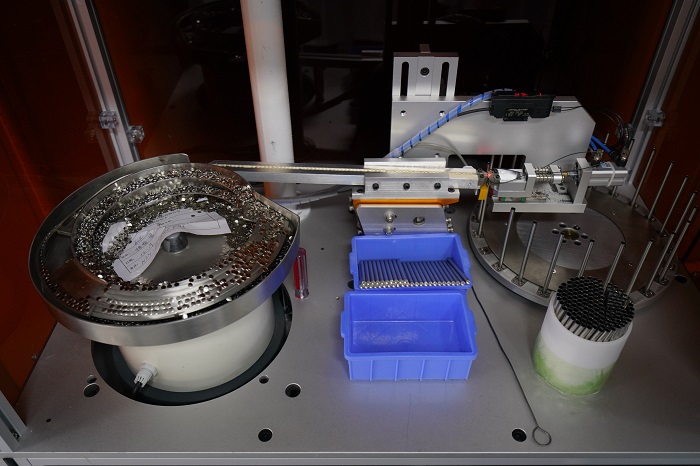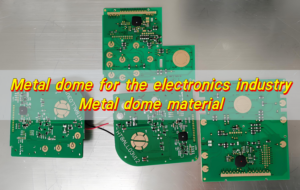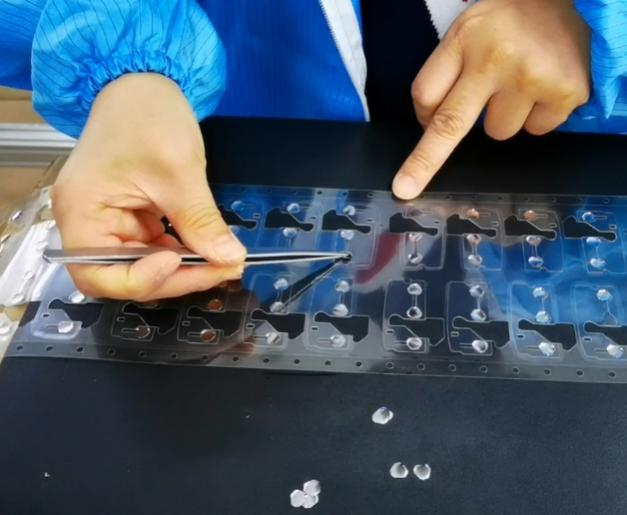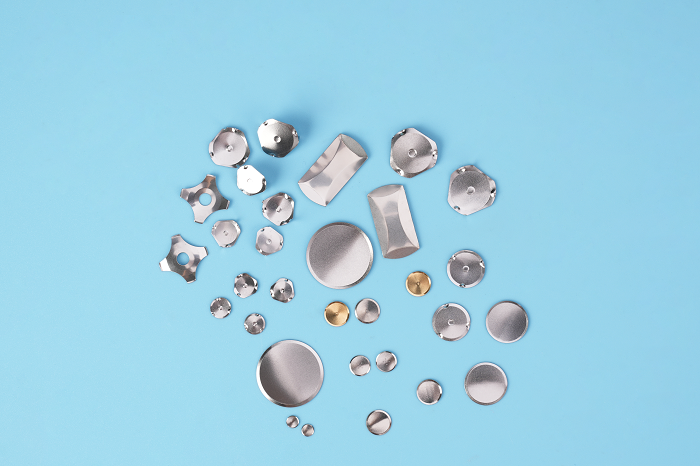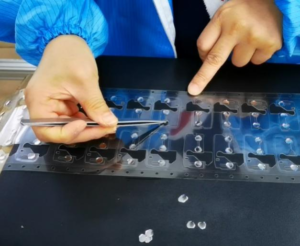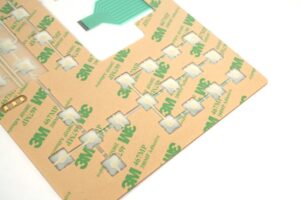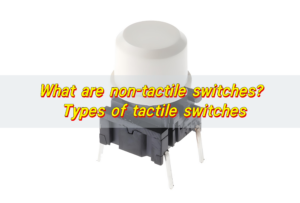Membrane switch buttons are ubiquitous in our daily lives, found in remote controls, medical devices, and countless other gadgets. What makes these buttons tactile and responsive is the presence of a metal dome. The metal dome is essentially a small, spring-like structure that sits beneath the graphic overlay of the membrane switch. When pressure is applied to the button, the dome collapses, completing the circuit and recording the user’s input.
In an intricate array of electronic devices, a membrane switch button may look like a small component, but it plays a vital role in user interaction. The center of this unassuming button hides a gem – a metal dome. Letās delve deeper into the importance of metal domes in membrane switches, exploring their functionality, longevity testing, and the meticulous design that shapes our tactile experience.
Think of the metal dome as the conductor of a silent orchestra within the device. Its main function is to provide tactile feedback, giving users a satisfying feel every time they press it. This tactile response not only enhances the user experience, but also ensures input accuracy. The metal dome’s ability to spring back to its original shape after each press is critical to the switch’s longevity and reliability.
Metal Dome Detection
When the membrane switch is in use, the metal dome also has a service life, and understanding its service life is crucial to the reliability of the membrane switch. Manufacturers use rigorous testing methods to determine how many drives a metal dome can withstand before its performance begins to degrade. This ensures that devices equipped with membrane switches maintain their responsiveness over time, providing users with a consistent and reliable experience.
There are several aspects of precision testing for metal domes, including grinding tool accuracy, dome size, dome performance testing, and conductivity testing to test the quality of the dome. Best Technology specializes in the production of metal domes and strictly controls product quality. By using domes in products, they can perform their functions stably.
Metal Dome Design
Metal dome design is an art in itself, with different shapes, sizes and materials affecting the tactile feel of the switch. Some metal domes are designed to provide a lighter, more cushioning feel, while others provide a crisp click sound. Manufacturers carefully select the appropriate dome design based on the intended application and user preference. Haptics, while often overlooked, greatly improves the overall satisfaction of interacting with a device.
As technology develops, so does the development and production of metal domes. Engineers and designers are constantly pushing boundaries, experimenting with new materials and innovative designs to further enhance the tactile experience. From ultra-thin domes in stylish smartphones to solid domes in industrial control panels, metal domes continue to play a key role in the evolution of user interfaces.
All in all, the metal dome in the membrane switch button is a silent worker, hard at work behind the scenes to give us a tactile and responsive experience. As we marvel at the advancements in electronic devices, letās take a moment to appreciate the small but important innovations that make our interactions seamless and enjoyable. Although the metal dome is hidden, its impact on the user experience is anything but subtle.
If you are interested in metal dome or dome array, you can ask us more questions by sending an email.


